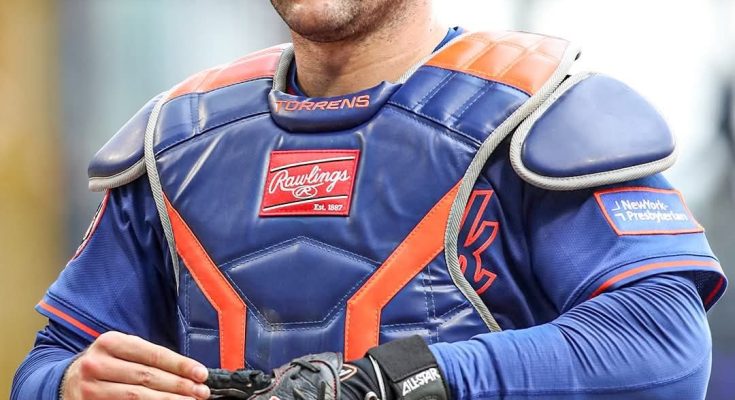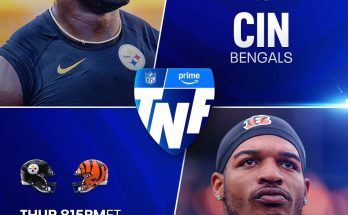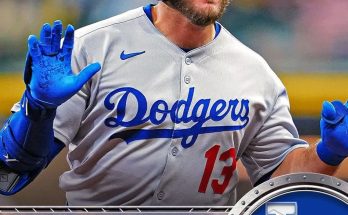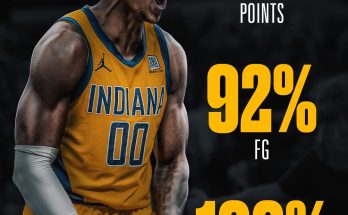Luis Torrens being named a Gold Glove Award finalist is a development that deserves both respect and deeper reflection. It is a recognition of defensive excellence that many fans, analysts, and fellow players may have overlooked, and it prompts us to reconsider how we evaluate catchers’ contributions beyond the bat and into the hidden, influential realm of defense.
To begin, the Gold Glove Awards, presented annually by Rawlings, are among the most prestigious honors a defender in Major League Baseball can receive. The awards are designed to acknowledge the elite fielders at each position, recognizing those whose glove work, reaction, consistency, and range separate them from their peers. Managers and coaches (excluding those from the player’s own team) cast most of the votes, with advanced defensive metrics—via the SABR Defensive Index (SDI)—accounting for roughly 25 percent of the decision.Thus, to be a finalist means that Torrens has not only drawn the attention of his peers and mentors in the game, but has also earned merit from the cold, hard data on defense.
In the 2025 season, Torrens has posted solid offensive numbers: he is batting roughly .226 with five home runs and a .629 OPS. (ESPN.com) But offense is rarely the tipping point for a catcher in a Gold Glove conversation. What matters far more—and what likely earned him a finalist spot—is his performance behind the plate.
An examination of his Statcast and other advanced data offers insight into why the nod is justified. Over the last several seasons, Torrens has shown above-average defense at the catcher position. In 2025, he sits near the median in many rate-based metrics for hitters—but his value comes largely from his work as a catcher. His received metrics, framing values, and his ability to throw out baserunners jointly paint the portrait of a defender who influences the game at multiple discreet points.
One especially impressive metric is his caught‑stealing rate. In a standout stretch, Torrens reportedly threw out 6 of 9 attempted steals. (Reddit) That’s well above the league average for catchers, which hovers around 20 percent. In 2025, his caught‑stealing rate has been cited at or near 44–46 percent, depending on source, which is more than double the MLB average for the position. (Reddit) Such a rate doesn’t happen by accident. It reflects arm strength, release quickness, accuracy, and a synergy with pitchers in holding runners.
In addition to throwing runners out, Torrens’s blocking, pitch presentation, and ability to manage the game subtly—but persistently—elevate his defensive worth. Catcher defense is a complex composite: a catcher must receive errant pitches, block balls in the dirt, frame borderline offerings to gain extra strikes, call the right pitch in the moment, and deter opponents from attempting the steal in the first place. These elements rarely show up overtly in box scores, but teams and evaluators know them. In some recent analyses, Torrens has been described as elite in framing and with a pop time in the upper echelons of the league. (fanrecap) Even in articles about his arrival, it is noted that his defense—especially his receiving numbers—has been a distinguishing trait.
That brings us to the broader narrative: Torrens, by many accounts, has quietly forced the Mets—or any observer of the Mets—to reconsider who the better defensive catcher is. Francisco Álvarez, the younger counterpart, is often viewed as the heir apparent given his offensive upside. But in many defensive measures, Torrens has outperformed or at least matched expectations, complicating the simple narrative of youth over experience. As FanGraphs put it, Torrens has arrived—perhaps a few years late—but with a rare combination of competence at both defense and offense.
In the public’s eye, Torrens’s selection as a finalist also draws attention to the gratitude of fans and media. Mets fans, especially on social media, have greeted the news enthusiastically. There is recognition, for instance, that while Patrick Bailey is a strong fellow finalist (from the Giants), the nomination itself is well deserved given the defensive dominance he’s displayed. (Reddit) Some have expressed surprise that Torrens met the playing time qualification needed to be eligible—but that only underscores the importance of each opportunity he’s seized on the field.
Yet being a finalist is not the same as winning. In his position, Torrens is competing with other high-tier defensive catchers, such as Patrick Bailey and Carson Kelly, who have their own strengths, reputations, and appeal among the voting contingent. The deciding votes may hinge on subtleties: marginal gains in pitch framing, consistency over 120+ games, errors made (few or many), or even reputation and name recognition. Because catcher defense is so nuanced and often undervalued in mainstream discussion, voters tend to rely heavily on trusted metrics and consensus narratives.
Still, the nomination itself is meaningful. For Torrens personally, it validates years of defensive toil, the games he’s caught where no one noticed, and the incremental gains in blocking and throwing that don’t make highlight reels. It may also affect contract negotiations, legacy conversations, and trade value. A catcher with a Gold Glove—or the recognition of being close—holds elevated value in a league where good catchers are hard to find.
Beyond the individual, this development encourages a reappraisal of catcher value across the game. Fans and evaluators often focus on hitting and power, undervaluing how much a catcher saves runs by preventing stolen bases, framing pitches to steal extra strikes, and minimizing passed balls. Torrens’s example underscores how defense matters, even at premium positions. His nomination might spur more attention to catchers’ framing metrics or increase the weight given to advanced defensive stats in public discourse.
If Torrens fails to win, that should not diminish how impressive it is to be a finalist. There are only three finalists per position per league—so just being among the top three is noteworthy. It means he has successfully outpaced many catchers in defensive reputation and statistical evaluation. And the fact that the Mets, a team often scrutinized for offense, have a catcher recognized for his defense is a feather in their cap too.
Finally, the narrative doesn’t end with the announcement. How Torrens responds matters. Can he close the season with clean games, continue to control the running game, avoid glaring defensive lapses under pressure, and maintain his physical resilience behind the plate? Those final weeks could tip the scales in a close vote. And even after the award, the lasting impact is how the performance is remembered—do analysts cite Torrens as an example of undervalued defensive excellence? Do young catchers look to his method of combining throwing, receiving, and game management?
In sum, Luis Torrens being named a Gold Glove finalist is more than just a line item in a season summary. It is recognition of defense at its highest level, especially in a position where defense often blends into the woodwork of the game. It is a reclamation of value, a reinforcement that every pitch and every throw matters, and a reminder that sometimes the most impactful contributions are the ones you don’t see. Whether he ultimately captures the trophy or not, his name among the finalists ensures that his defensive story will not be lost in the noise—and that is itself a triumph worth celebrating.



